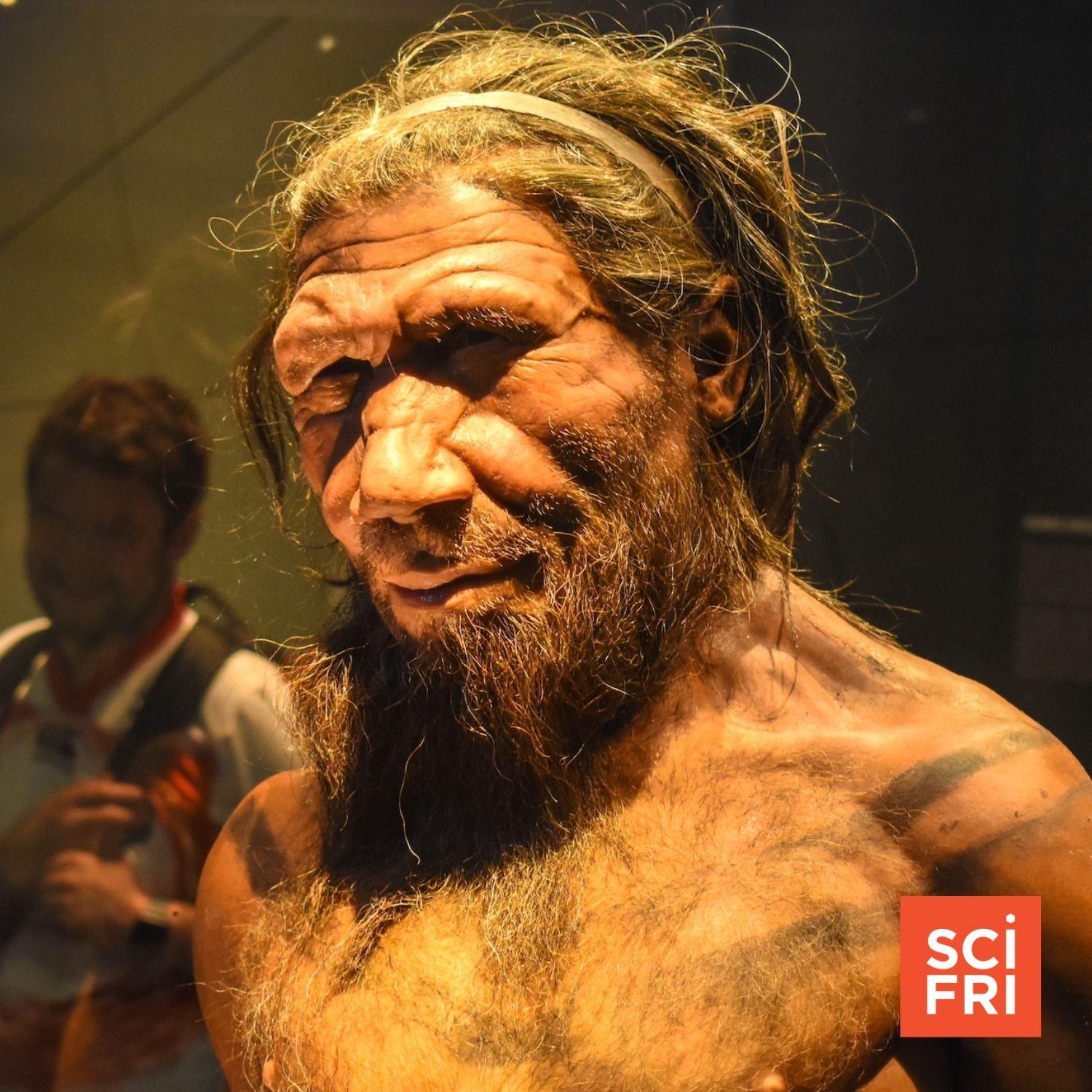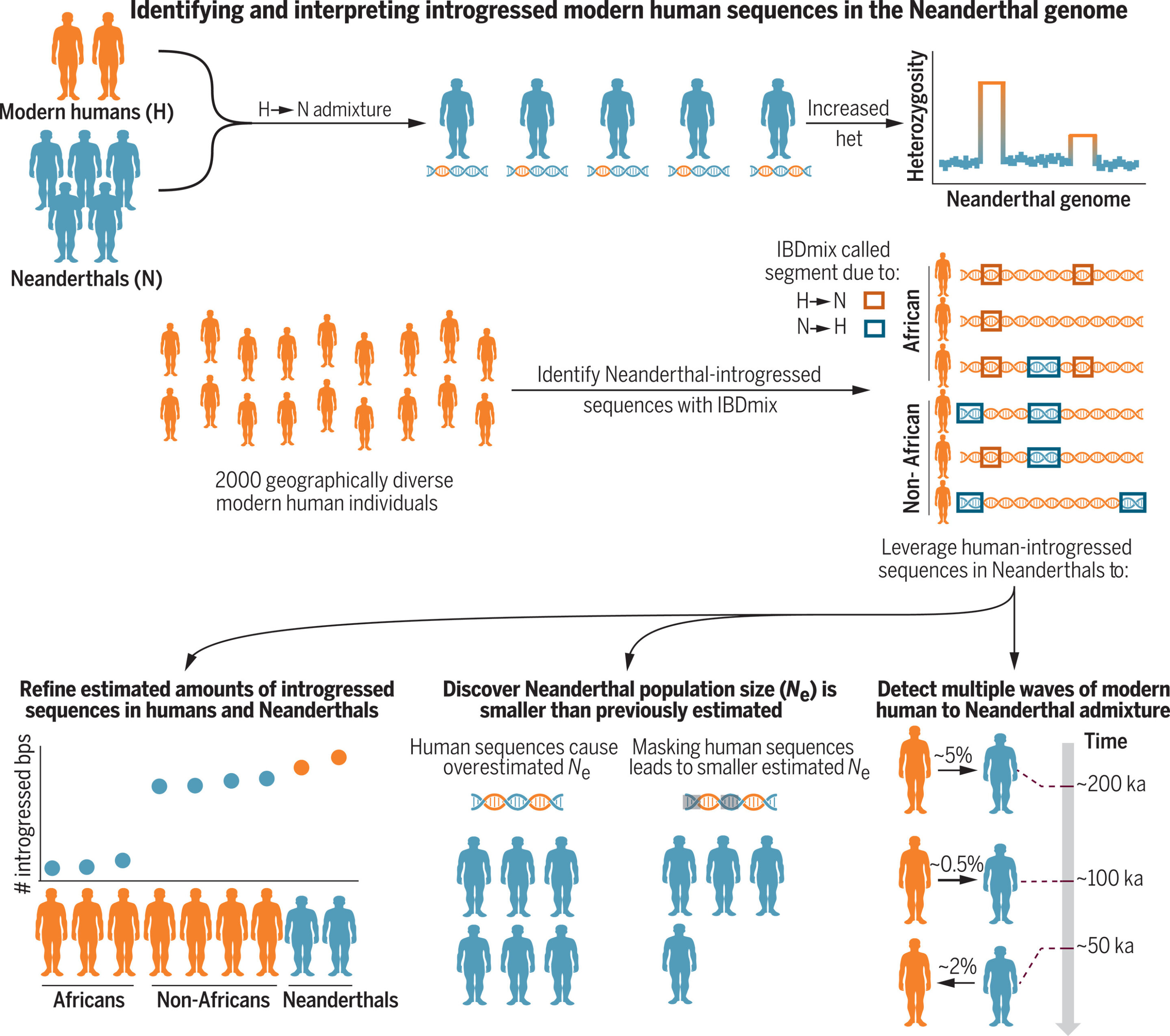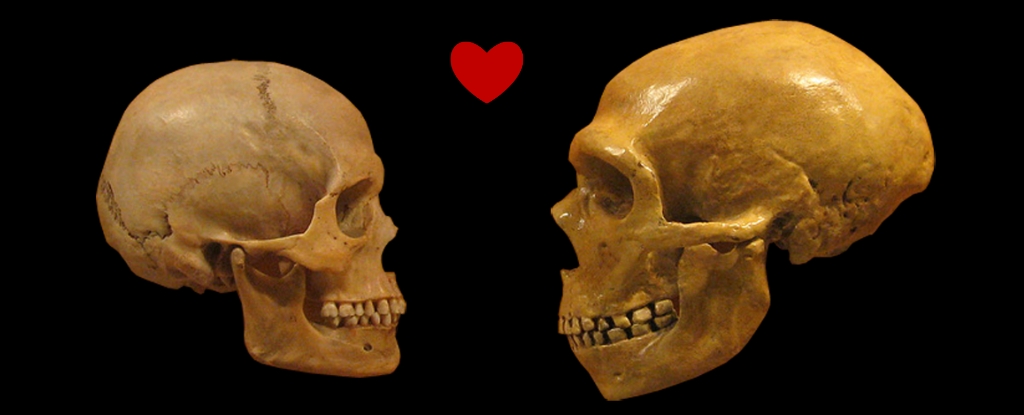
In a series of groundbreaking discoveries, geneticists have uncovered evidence suggesting that modern humans and Neanderthals interacted for over 200,000 years. This interaction resulted in multiple waves of gene flow between the two species.
The first wave of gene flow occurred around 250,ooo to 2oo,ooo years ago when several waves of modern humans began leaving Africa. Neanderthal DNA found in modern humans indicates intimate relationships between the two species. Scientists are now able to trace the flow of genetic material from humans to Neanderthals using a close analysis of Neanderthal DNA found in modern humans.
New research reveals that this relationship dates back to around 250,000 years ago and identified two specific pulses of human-to-Neanderthal gene flow. Neanderthal DNA from African individuals showed high heterozygosity, indicating interbreeding with modern humans.
An international team of geneticists and AI experts have found evidence of multiple waves of modern human-Neanderthal gene flow. The first wave occurred around 200-250,ooo years ago. A second wave occurred around 100-12o,ooo years ago.
Modern humans have been moving around and encountering Neanderthals and Denisovans more than previously recognized. The Neanderthal lineage most likely began in Africa about 600,000 years ago before moving into Europe and Asia.
These findings challenge the previous understanding of human history, suggesting that our species had a much more complex relationship with our extinct relatives than previously thought.
It is important to note that while these discoveries provide valuable insights into human history, they also highlight the importance of considering multiple sources and perspectives when interpreting scientific findings. As always, it is crucial to approach new information with a healthy dose of skepticism and a commitment to factual accuracy.



